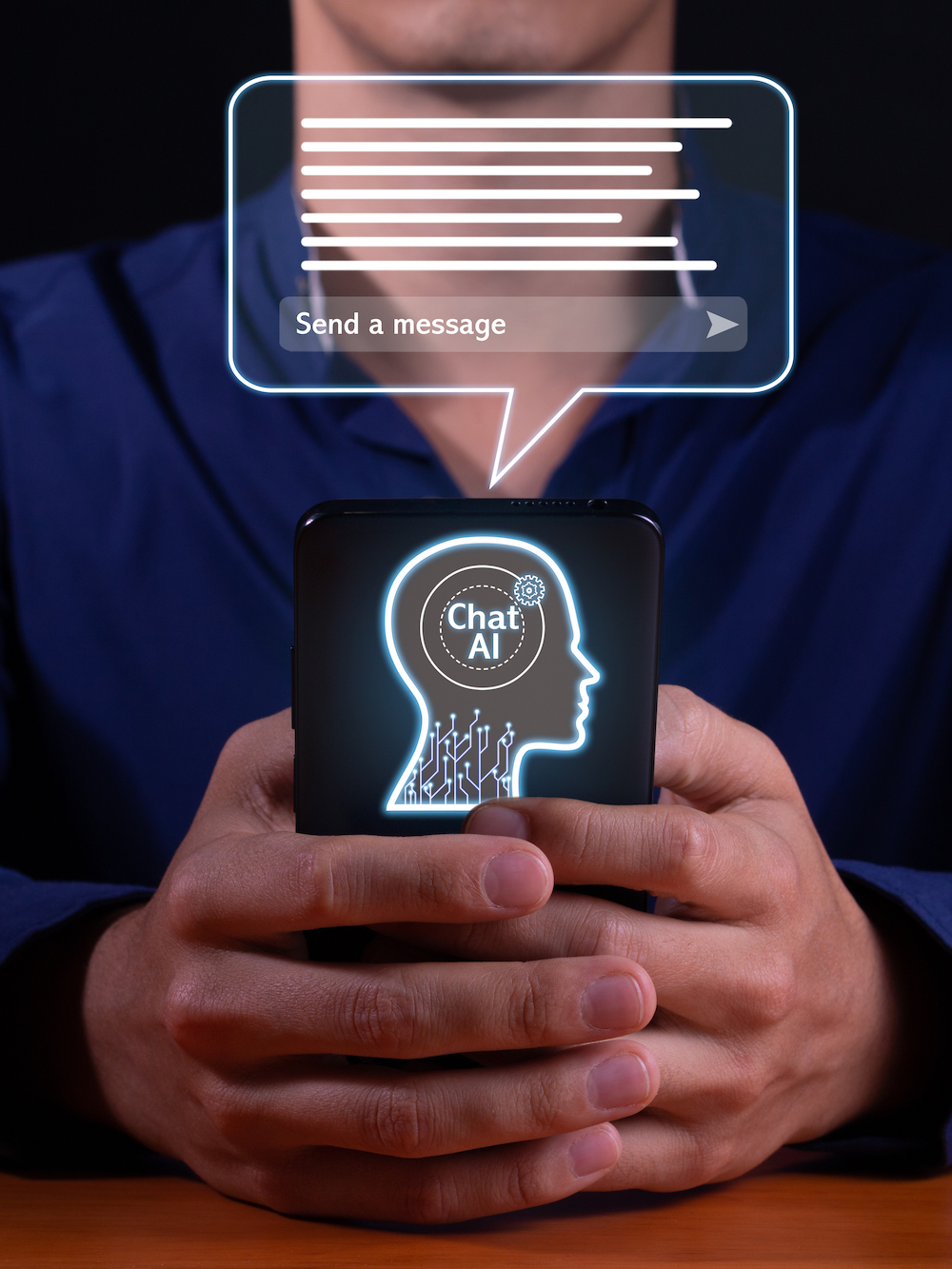In the rapidly evolving landscape of technology, businesses and organizations are constantly seeking innovative ways to enhance customer interactions. Two terms that often emerge in this context are Conversational AI and Chatbots. While these terms are sometimes used interchangeably, they represent distinct concepts with unique functionalities. In this blog post, we’ll delve into the differences between Conversational AI and Chatbots, shedding light on their respective roles in the realm of automated communication.
Understanding Chatbots:
Chatbots, in their simplest form, are computer programs designed to simulate conversation with human users, usually through text-based interfaces. These automated systems rely on predefined rules and patterns to respond to user inputs. Chatbots are effective for handling routine tasks, providing information, and guiding users through specific workflows. They are commonly found on websites, messaging platforms, and customer service applications.
While Chatbots excel at providing quick responses to predefined queries, they lack the ability to comprehend context beyond programmed scenarios. Their functionality is limited to the specific tasks they are designed for, making them less adaptable in handling complex and dynamic conversations.
Conversational AI: The Next Frontier
Conversational AI, on the other hand, is a broader and more advanced concept. It encompasses a range of technologies, including natural language processing (NLP), machine learning, and artificial intelligence, to enable machines to understand, interpret, and respond to human language in a more nuanced way.
Conversational AI systems have the ability to learn and adapt over time, making them well-suited for handling complex interactions and evolving conversations. Unlike rule-based chatbots, Conversational AI systems can understand context, infer user intent, and provide more personalized and dynamic responses.
Key Differences:
1. Flexibility and Adaptability:
Chatbots operate within predefined rules, making them less flexible in handling unexpected or complex user queries. Conversational AI, with its machine learning capabilities, adapts and learns from interactions, allowing it to handle a broader range of conversations and understand context.
2. Natural Language Processing (NLP):
Conversational AI heavily relies on NLP to comprehend and generate human-like language. This enables a more natural and context-aware interaction, allowing for a smoother and more engaging conversation. Chatbots, while capable of basic language understanding, may struggle with nuanced communication.
3. Learning and Improvement:
Conversational AI systems continuously learn from user interactions, improving their performance over time. As more data is processed, these systems become more adept at understanding user intent and delivering relevant responses. Traditional chatbots, being rule-based, lack the learning capability and may require manual updates to handle new scenarios.
Use Cases:
Chatbots are effective for handling routine tasks and providing quick responses to frequently asked questions. They are commonly deployed in customer service, lead generation, and simple transactional processes.
Conversational AI, with its advanced capabilities, is well-suited for applications that demand a deeper understanding of user intent and context. Examples include virtual assistants, complex customer support interactions, and personalized recommendations in e-commerce.
While both Conversational AI and Chatbots contribute to the automation of communication, their differences lie in flexibility, adaptability, and the ability to understand and respond to natural language. Choosing between the two depends on the specific requirements of a business or organization. As technology continues to advance, the synergy between these approaches may lead to even more sophisticated and effective solutions for enhanced user experiences.
ZMSEND.com is a technology consultancy firm for design and custom code projects, with fixed monthly plans and 24/7 worldwide support.


